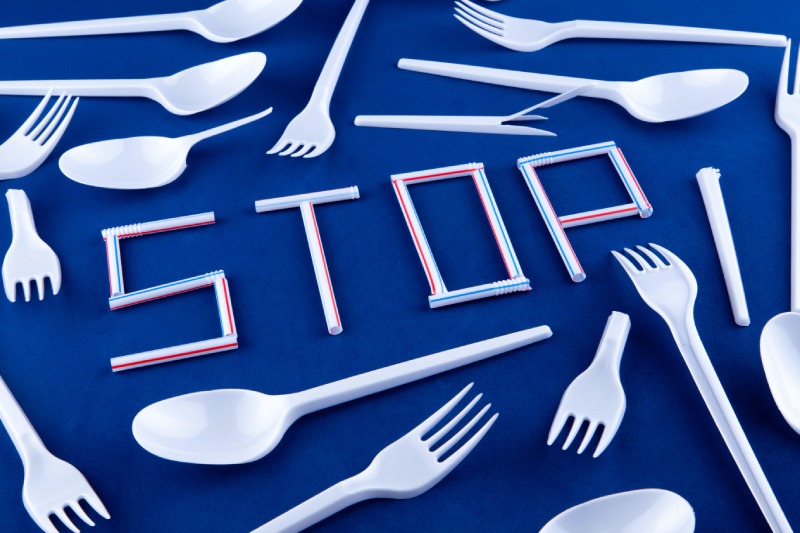Plastic recycling has become an essential aspect of modern waste management, contributing to environmental sustainability and reducing the burden on landfills. As we delve into the world of plastic recycling, here are five intriguing facts that shed light on this crucial process.

1. Plastic Recycling by the Numbers
Plastic recycling involves converting waste plastic materials into new products, reducing the consumption of virgin resources. Some compelling statistics highlight the significance of plastic recycling:
- According to the Environmental Protection Agency (EPA), only about 9.4% of plastic waste generated in the United States was recycled in 2018.
- Globally, over 380 million tons of plastic are produced each year, and a considerable portion of this ends up in landfills or the oceans.
- Recycling a single ton of plastic can save up to 2,000 gallons of gasoline, further underscoring the resource efficiency of recycling.
2. Types of Recyclable Plastics
Not all plastics are created equal when it comes to recycling. Plastics are categorized into different types, and each type has varying recycling capabilities:
- PETE (Polyethylene Terephthalate): Commonly used for beverage bottles, PETE is one of the most widely recycled plastics.
- HDPE (High-Density Polyethylene): This plastic, often found in milk jugs and detergent bottles, is also highly recyclable.
- PVC (Polyvinyl Chloride): Used in pipes, window frames, and some packaging, PVC recycling poses more significant challenges due to the complexity of its chemical composition.
- LDPE (Low-Density Polyethylene) and PP (Polypropylene): These plastics are used in items like plastic bags, yogurt containers, and bottle caps, and their recyclability varies.
- PS (Polystyrene): Including foam and rigid forms, PS is notoriously difficult to recycle due to its low density and potential contamination.
3. The Recycling Process Unveiled
Ever wondered what happens to plastic after it’s collected for recycling? The plastic recycling process generally involves these key steps:
- Collection: Plastic waste is collected from various sources, such as households, businesses, and industries.
- Sorting: The collected plastic is sorted based on its resin type, color, and other factors. Advanced technologies, such as automated sorting systems, aid in this process.
- Cleaning: The sorted plastic is thoroughly cleaned to remove any contaminants like labels, adhesives, and food residue.
- Shredding: The cleaned plastic is shredded into small pieces, increasing its surface area and making it easier to process.
- Melting and Pelletizing: The shredded plastic is melted and formed into pellets, which can then be used as raw material for manufacturing new plastic products.
Common Types of Recyclable Plastics and Their Uses
| Plastic Type | Common Uses | Recycling Suitability |
|---|---|---|
| PETE (Polyethylene Terephthalate) | Beverage bottles, food containers, clothing | Highly recyclable |
| HDPE (High-Density Polyethylene) | Milk jugs, detergent bottles, toys | Highly recyclable |
| PVC (Polyvinyl Chloride) | Pipes, window frames, some packaging | Challenging |
| LDPE (Low-Density Polyethylene) | Plastic bags, squeeze bottles | Varies |
| PP (Polypropylene) | Bottle caps, yogurt containers, utensils | Varies |
| PS (Polystyrene) | Foam cups, packaging materials | Difficult |
4. Challenges and Innovations
Plastic recycling faces several challenges, including contamination, limited infrastructure, and a lack of consumer awareness. However, innovative solutions are emerging to tackle these issues:
- Advanced Sorting Technologies: Modern sorting technologies, such as near-infrared spectroscopy, are enhancing the efficiency and accuracy of plastic sorting, leading to higher-quality recyclable materials.
- Chemical Recycling: This cutting-edge technique involves breaking down plastic into its molecular components, enabling the creation of new plastics without degradation in quality.
- Biodegradable Plastics: Researchers are developing plastics that are more easily biodegradable, reducing their impact on the environment even if they don’t enter the recycling stream.

5. The Global Impact
Plastic pollution is a worldwide concern, and plastic recycling plays a critical role in mitigating its effects:
- Ocean Conservation: Recycling reduces the amount of plastic waste that ends up in oceans, harming marine life and ecosystems.
- Energy Savings: Recycling plastic requires less energy than producing new plastic from raw materials, contributing to energy conservation.
- Circular Economy: Plastic recycling promotes a circular economy, where materials are reused and repurposed, reducing the need for continuous extraction of finite resources.
In conclusion, plastic recycling is a multifaceted process with far-reaching implications for our environment and society. By understanding the facts behind plastic recycling, we can make informed decisions to support sustainable practices and contribute to a cleaner, healthier planet.
As we continue to advance technologically and develop more efficient recycling methods, the hope is that plastic recycling rates will increase, leading us closer to a future where plastic waste is a thing of the past. So, the next time you consider tossing that plastic bottle into the trash, remember the journey it could take towards a new life through recycling.




